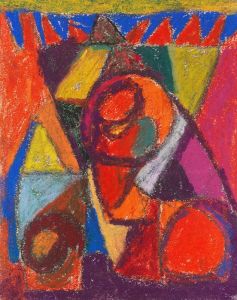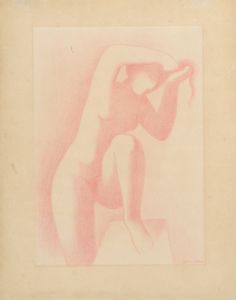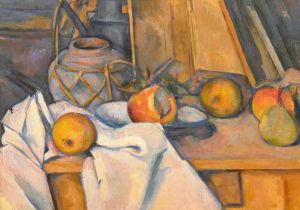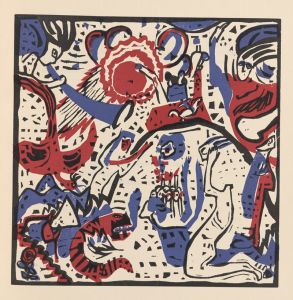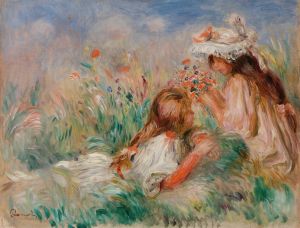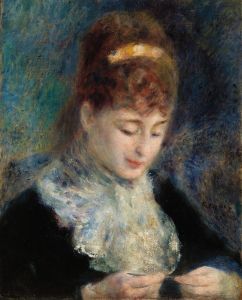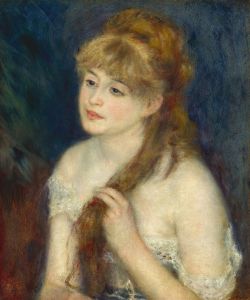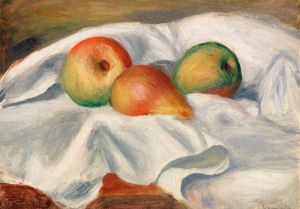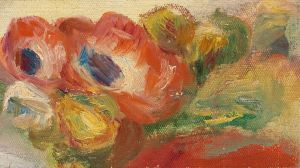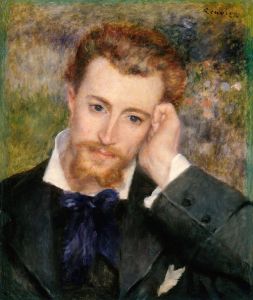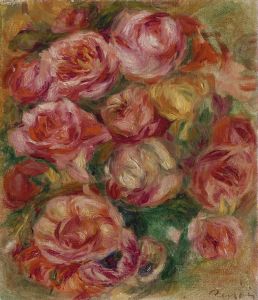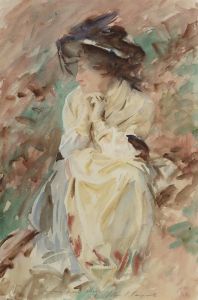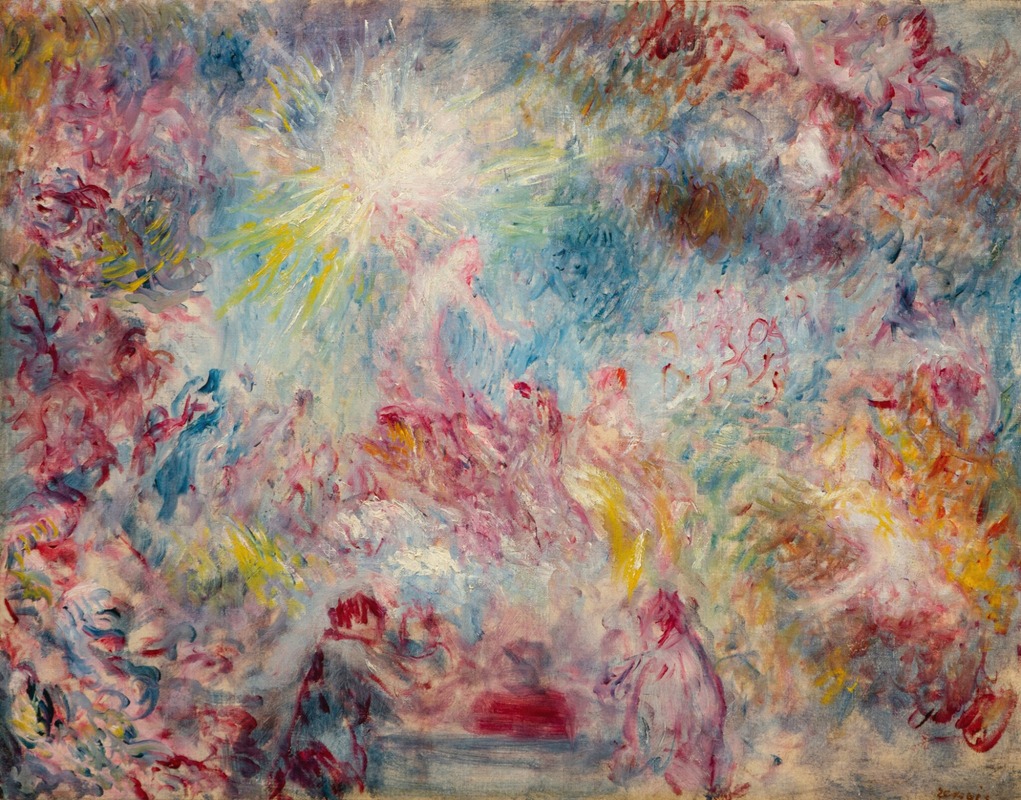
Allégorie rose
A hand-painted replica of Pierre-Auguste Renoir’s masterpiece Allégorie rose, meticulously crafted by professional artists to capture the true essence of the original. Each piece is created with museum-quality canvas and rare mineral pigments, carefully painted by experienced artists with delicate brushstrokes and rich, layered colors to perfectly recreate the texture of the original artwork. Unlike machine-printed reproductions, this hand-painted version brings the painting to life, infused with the artist’s emotions and skill in every stroke. Whether for personal collection or home decoration, it instantly elevates the artistic atmosphere of any space.
Pierre-Auguste Renoir's "Allégorie rose" is a notable work by the celebrated French Impressionist painter, renowned for his vibrant light and saturated color, often focusing on people in intimate and candid compositions. Renoir, born in 1841 in Limoges, France, became one of the leading figures of the Impressionist movement, which sought to capture the momentary effects of light and color in everyday scenes.
"Allégorie rose," translated as "Pink Allegory," is a painting that exemplifies Renoir's mastery in portraying the delicate interplay of light and color. While specific details about the painting's creation, such as its exact date and the context in which it was painted, are not extensively documented, the work is consistent with Renoir's style during the late 19th century when he was deeply involved with the Impressionist movement.
Renoir's work during this period often included themes of beauty and femininity, frequently depicted through allegorical subjects. "Allégorie rose" likely fits within this thematic framework, showcasing Renoir's fascination with the human form and his ability to render it with a sense of softness and warmth. The use of the color pink in the painting may symbolize themes of romance, innocence, or beauty, which are recurrent motifs in Renoir's oeuvre.
The painting is characterized by Renoir's signature brushwork, which is both fluid and expressive, capturing the essence of his subjects with a sense of immediacy and vitality. His technique often involved applying layers of thin, luminous colors to create a shimmering effect, which can be seen in the delicate rendering of skin tones and fabrics in his works.
Renoir's approach to composition in "Allégorie rose" would likely reflect his interest in creating harmonious and balanced arrangements, drawing the viewer's eye through the use of color and form. His ability to convey emotion and atmosphere through subtle variations in tone and hue is a hallmark of his style, contributing to the enduring appeal of his paintings.
While "Allégorie rose" may not be as widely recognized as some of Renoir's other masterpieces, such as "Luncheon of the Boating Party" or "Dance at Le Moulin de la Galette," it remains an important part of his body of work, illustrating his continued exploration of allegorical themes and his commitment to capturing the beauty of the human experience.
Renoir's influence on the art world extends beyond his contributions to Impressionism. His work paved the way for future generations of artists, inspiring them to explore new techniques and perspectives. Today, Renoir is celebrated as one of the great masters of modern art, and his paintings, including "Allégorie rose," continue to be studied and admired for their technical brilliance and emotional depth.






